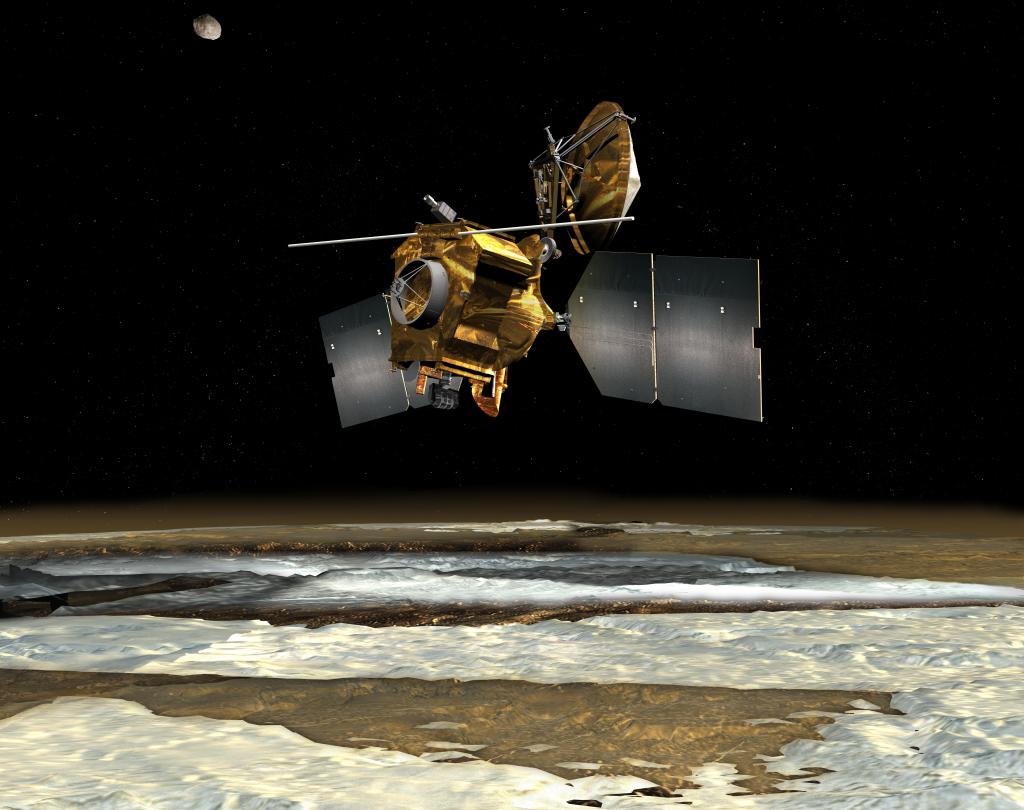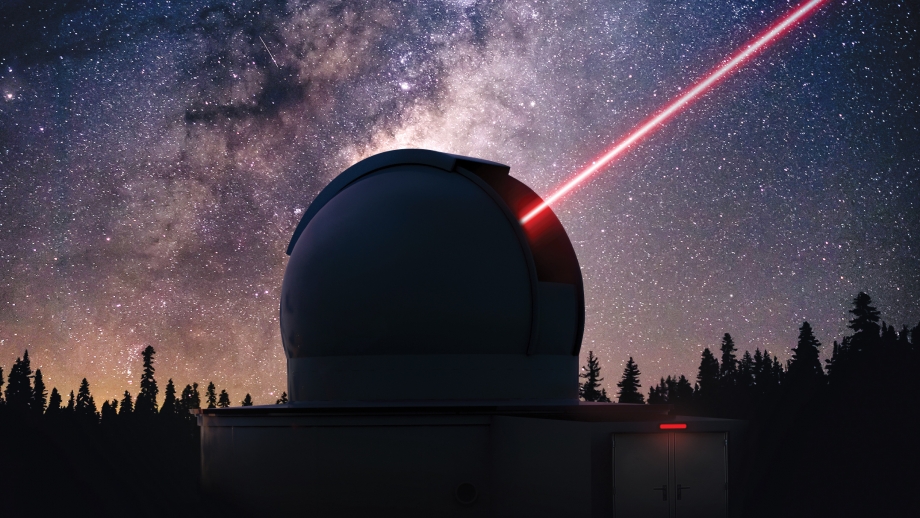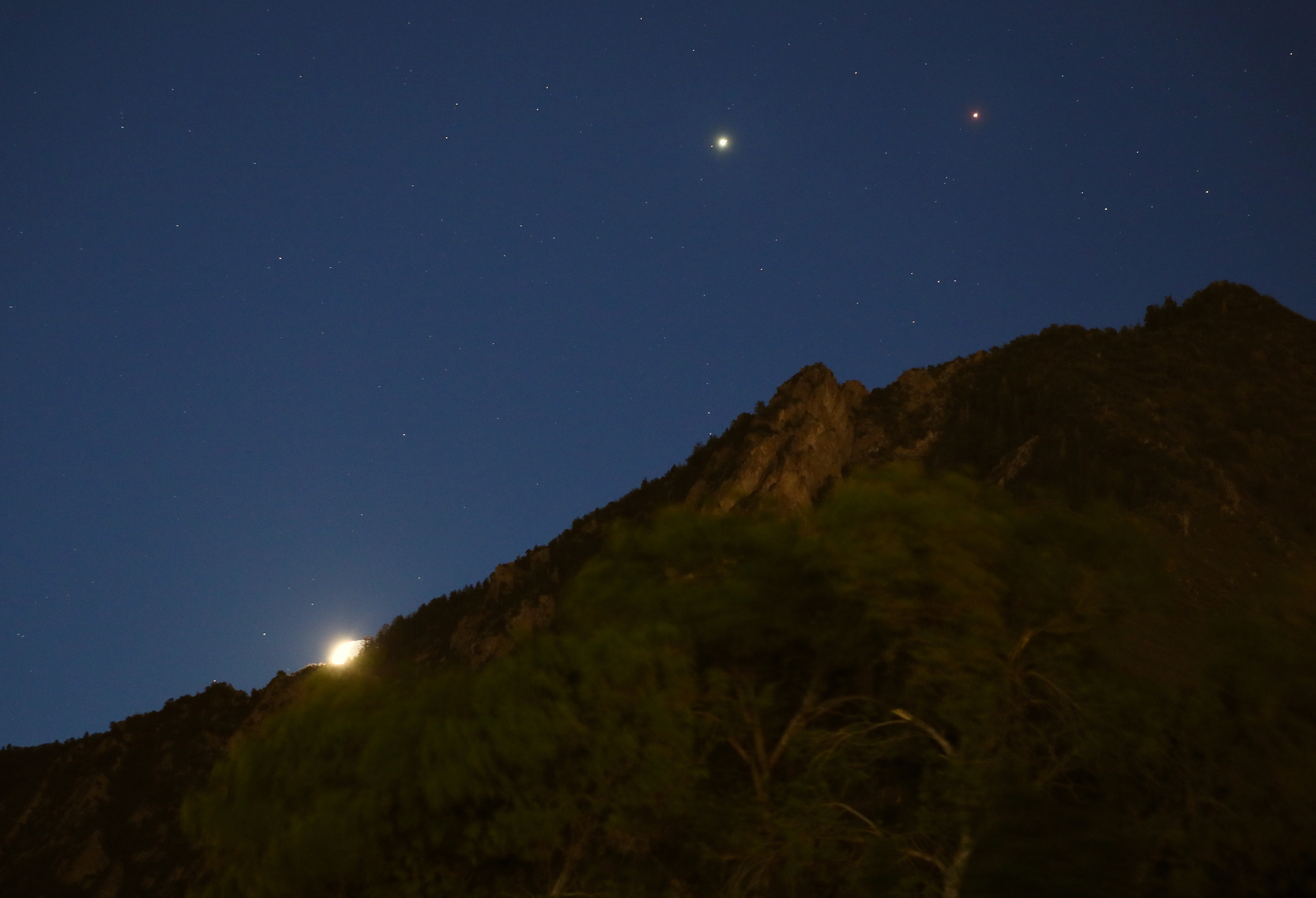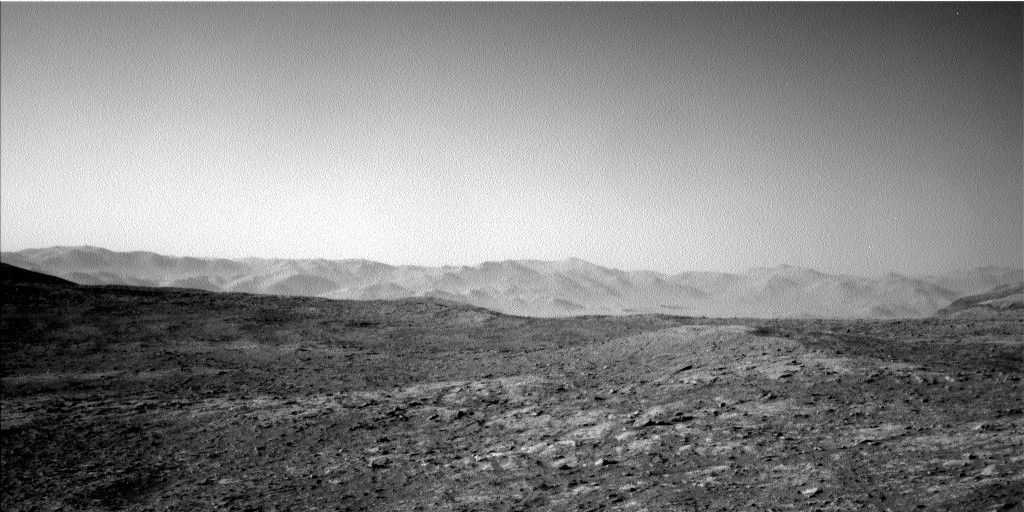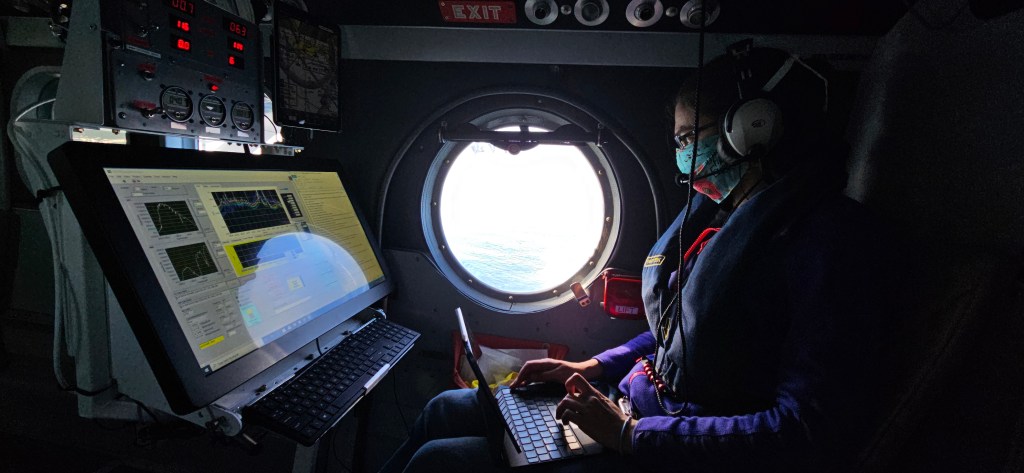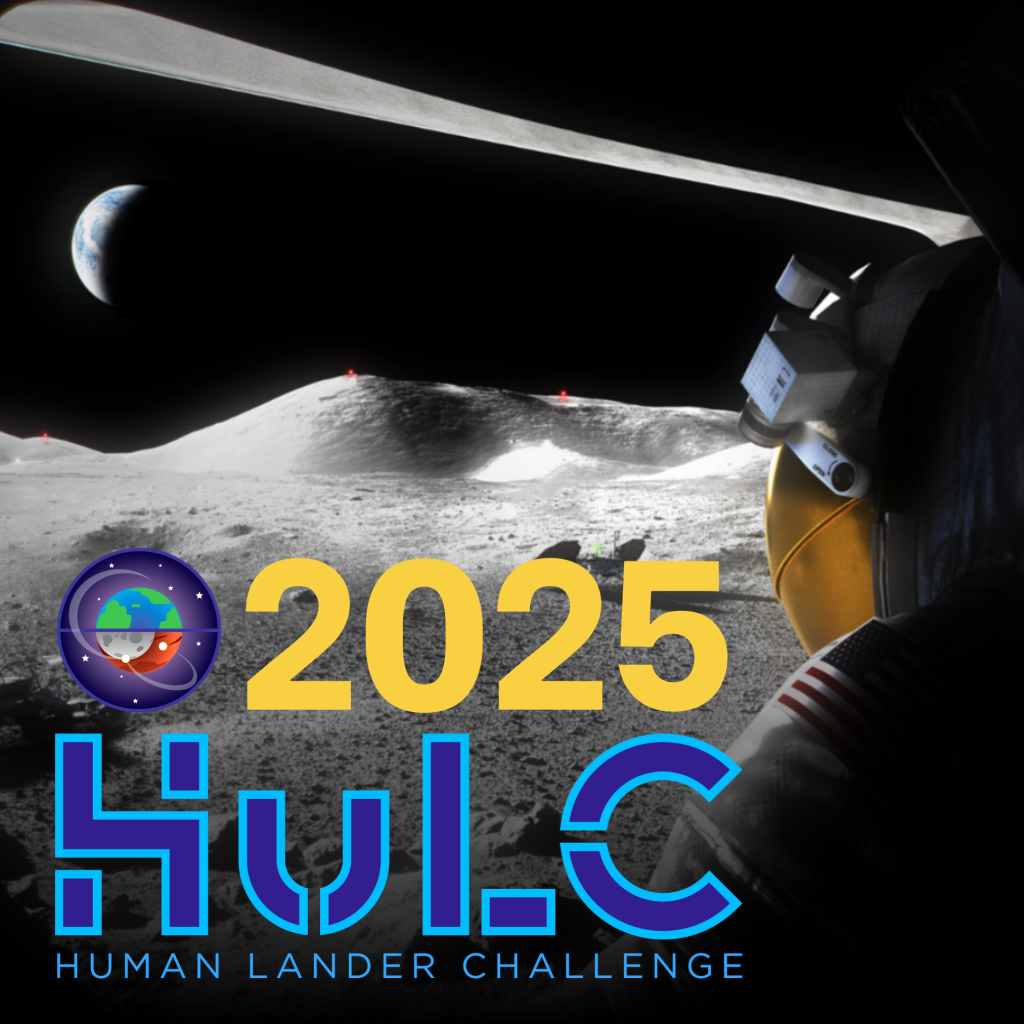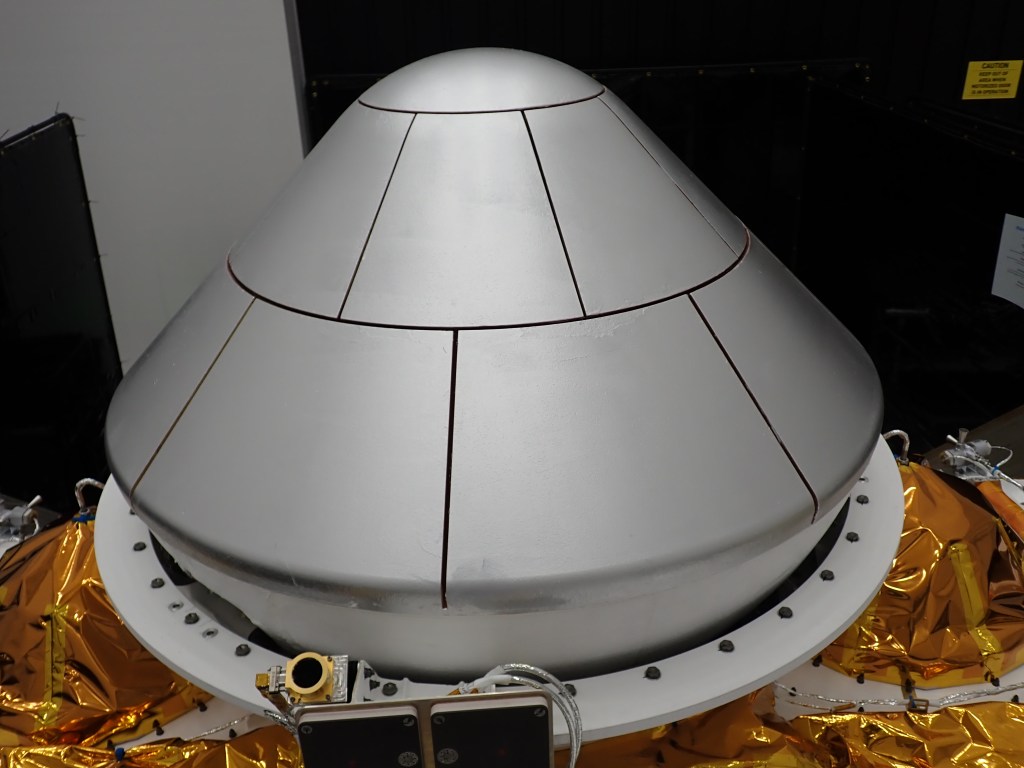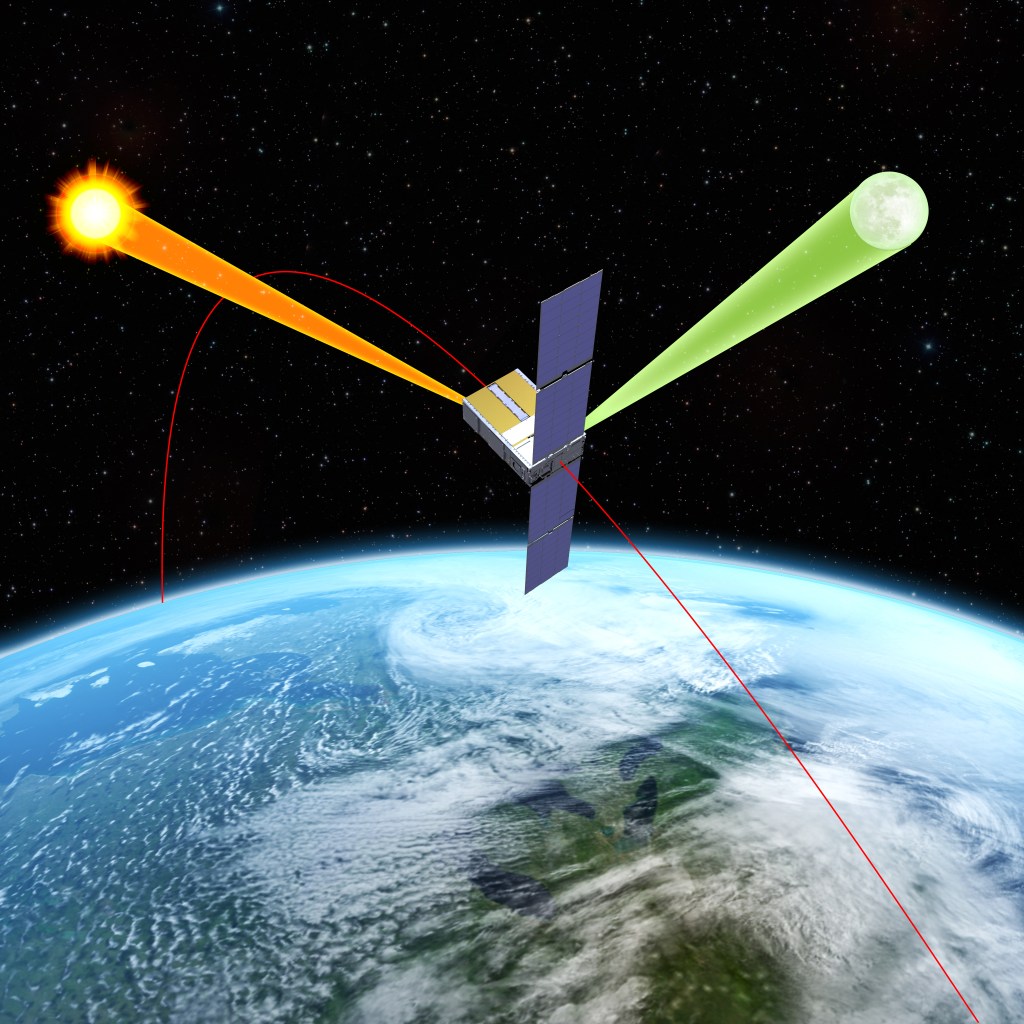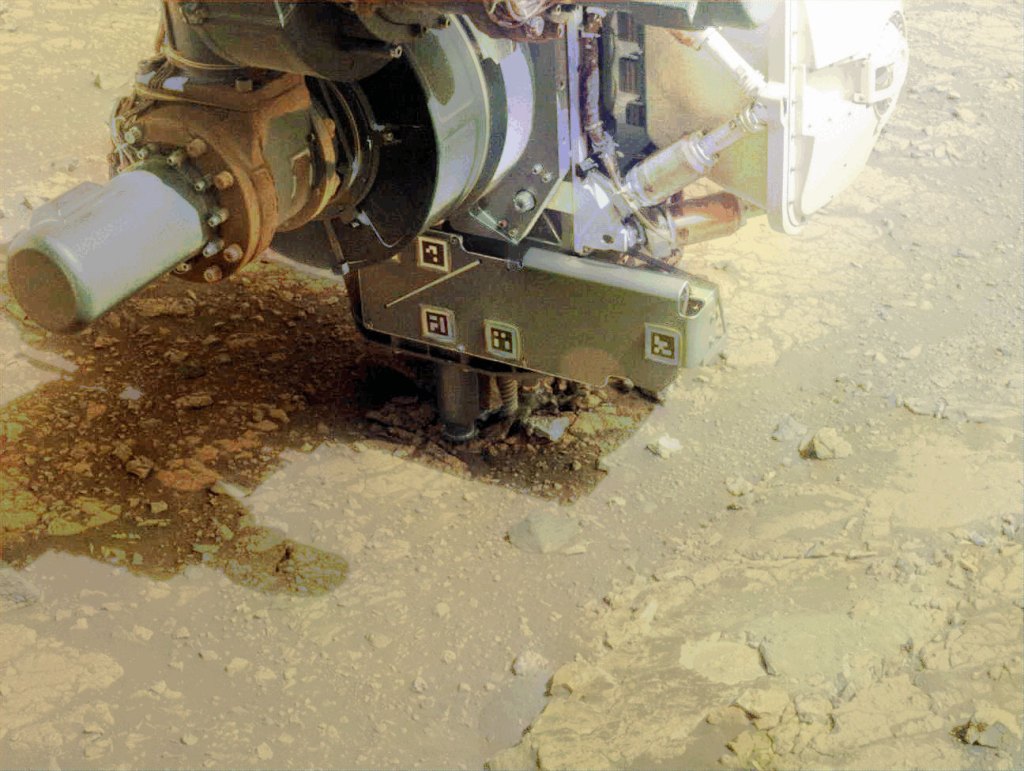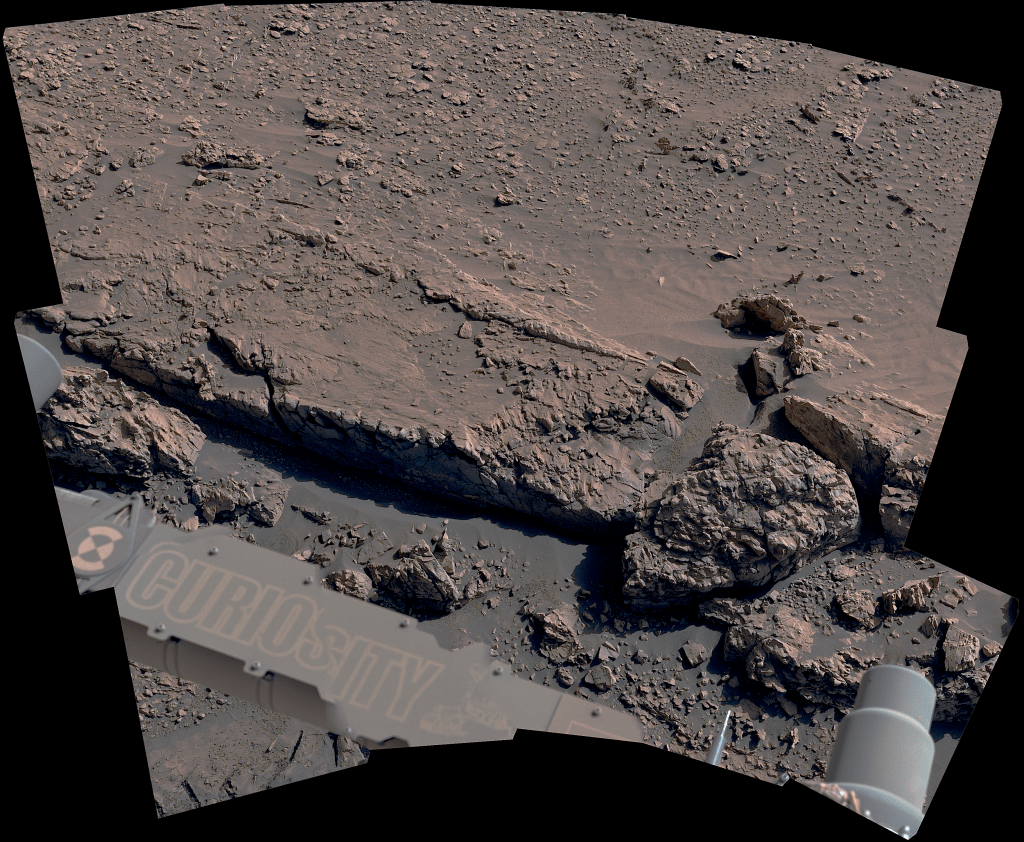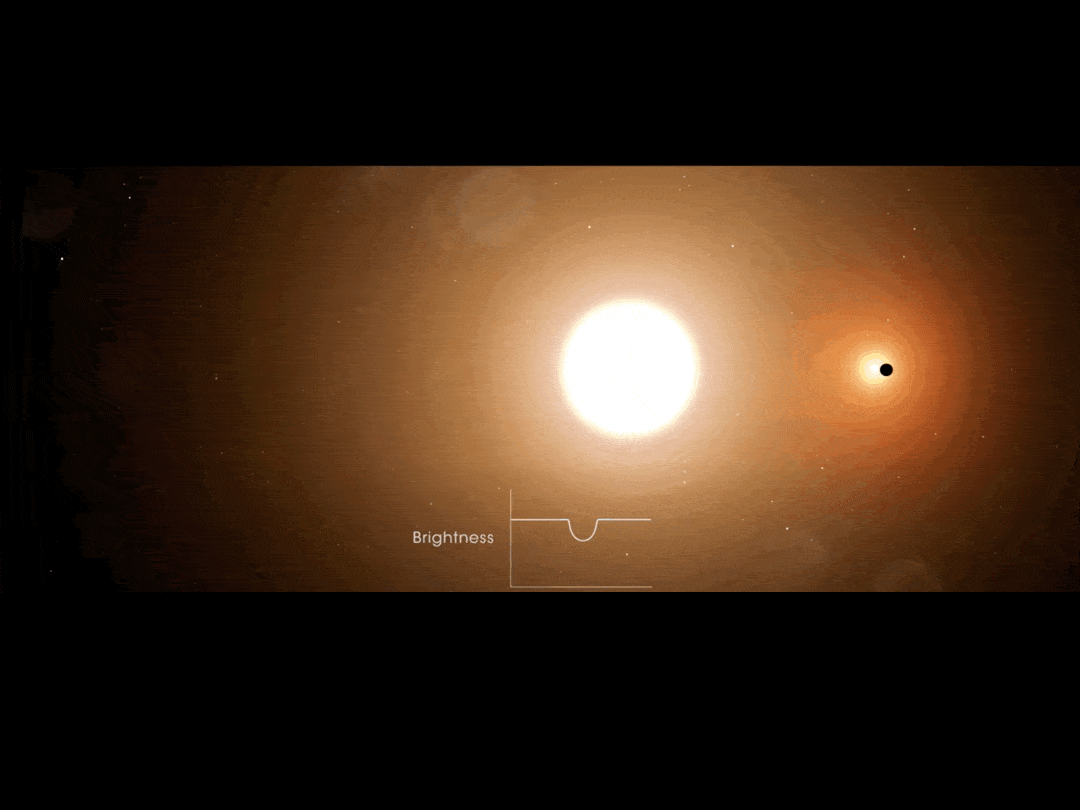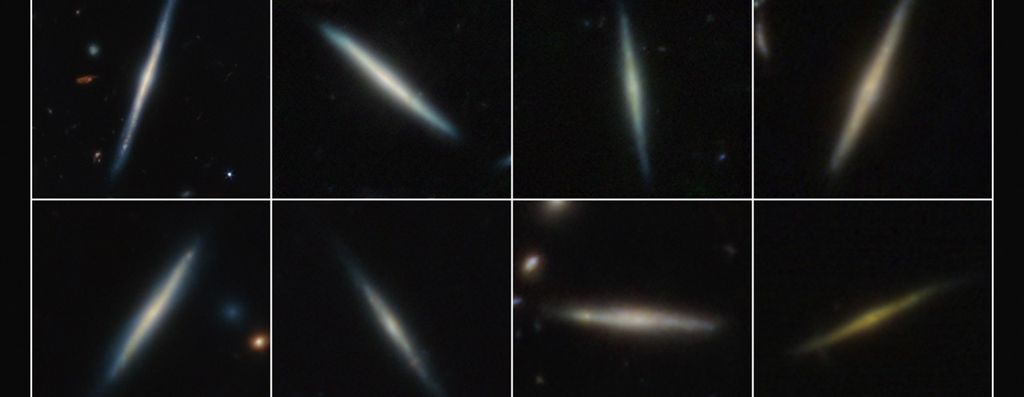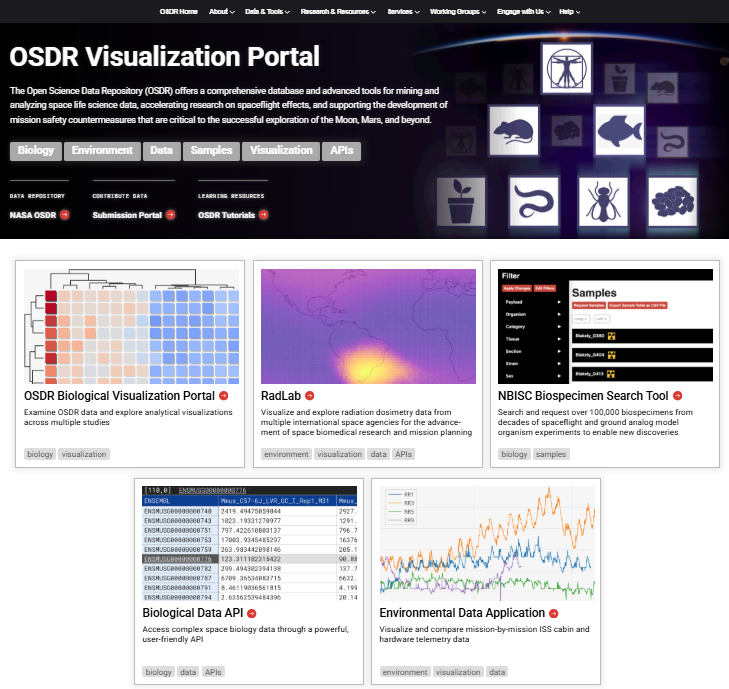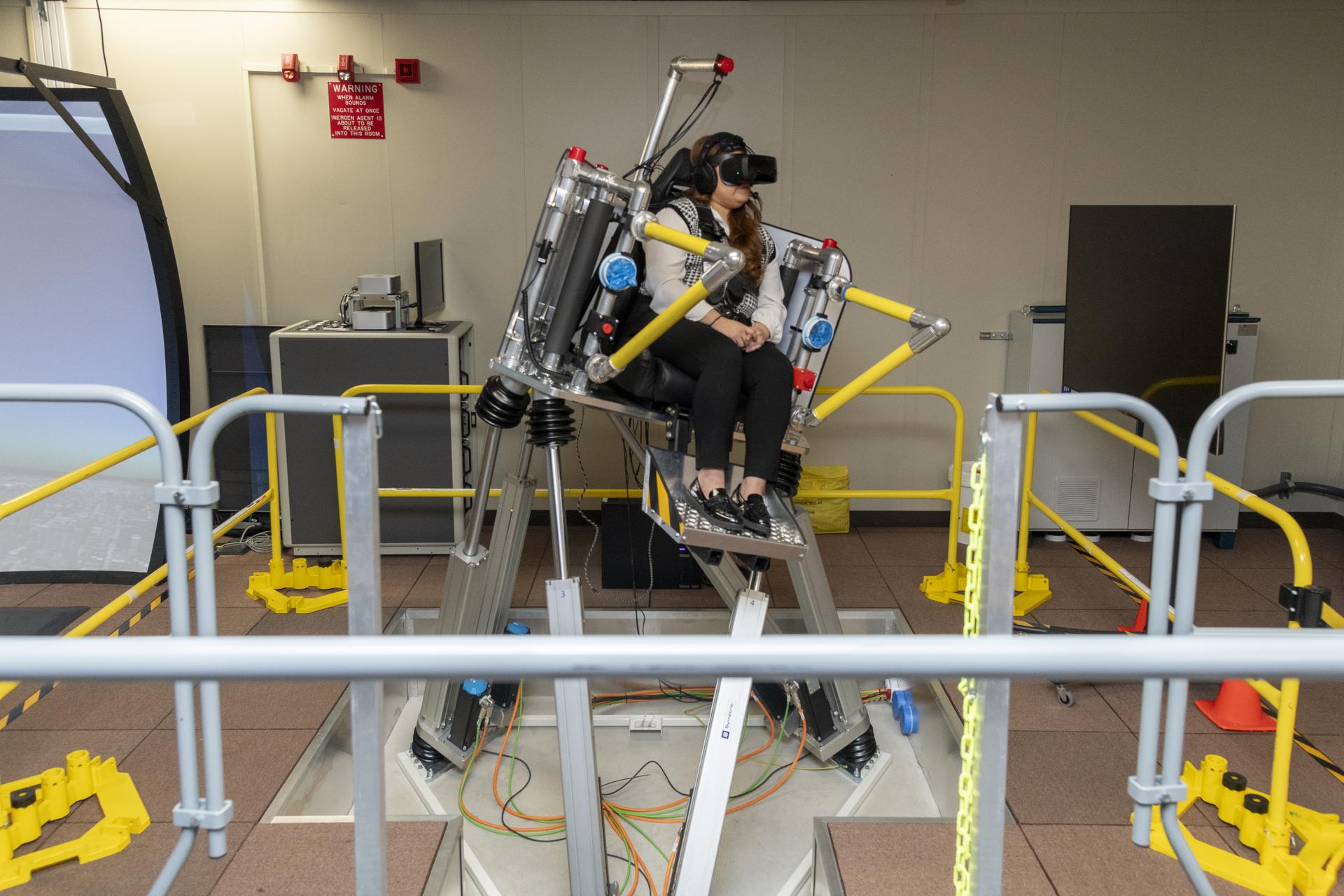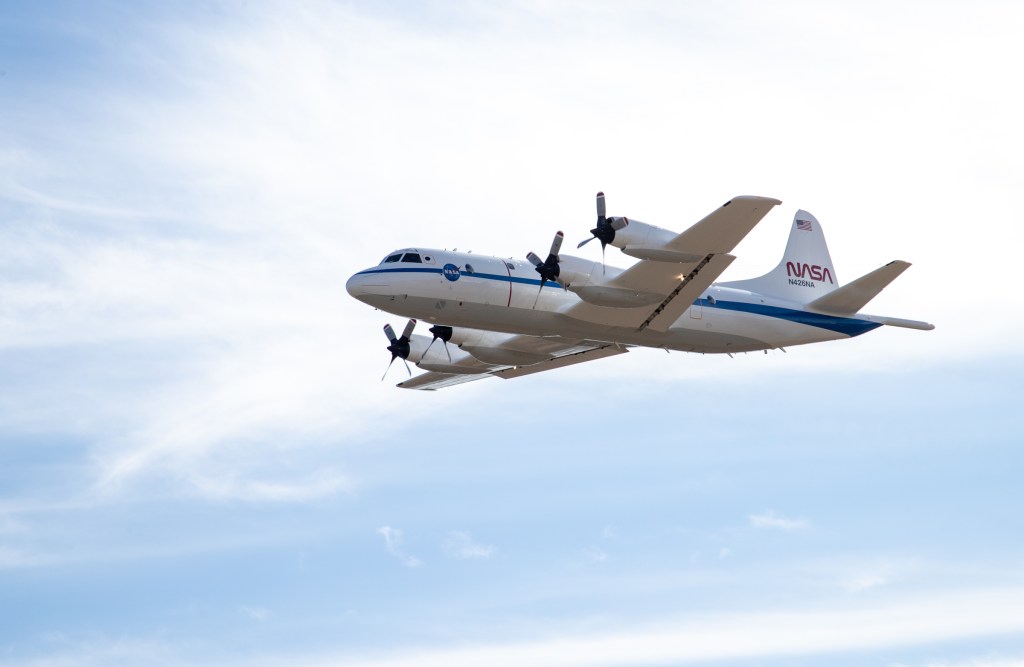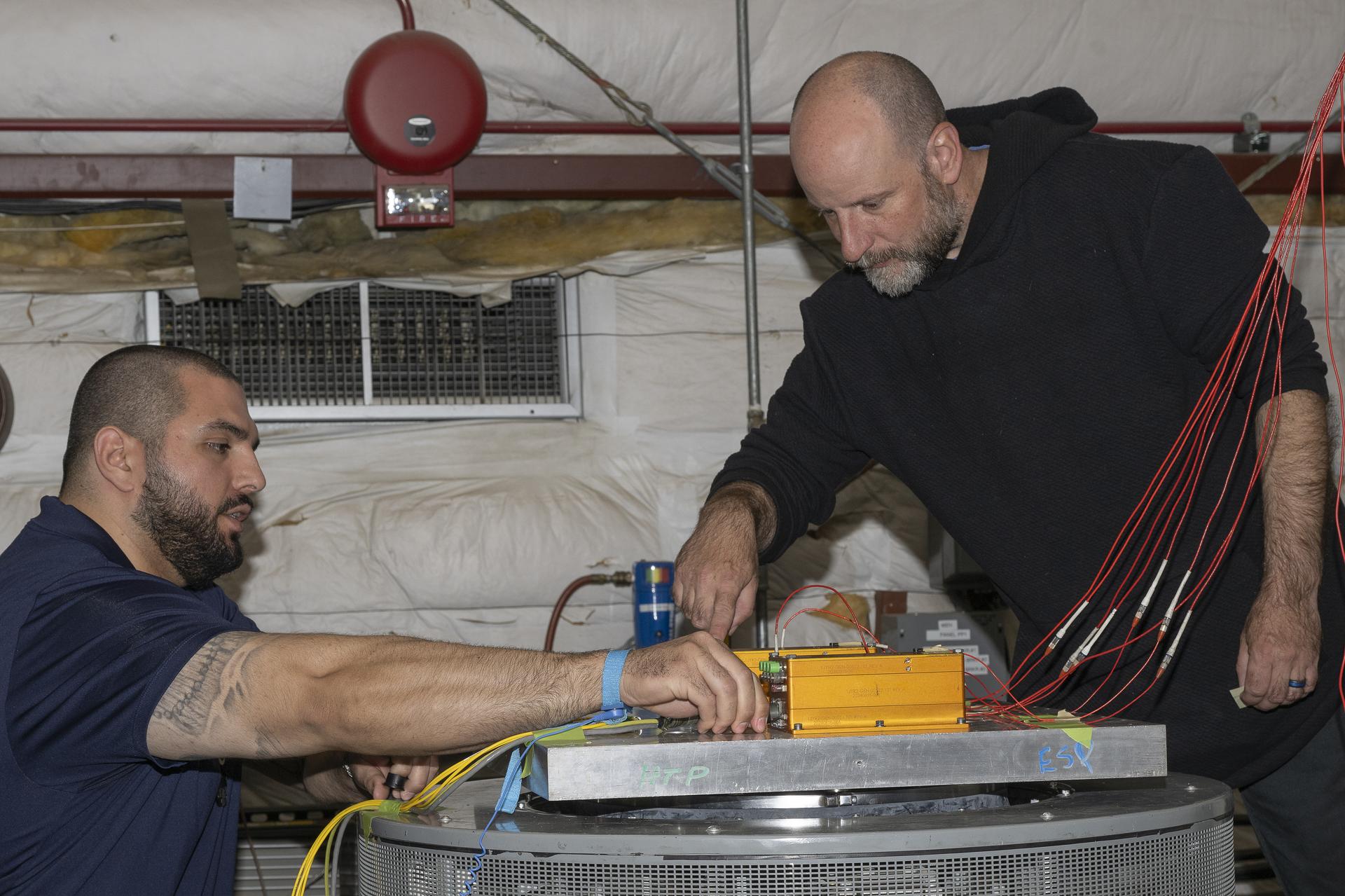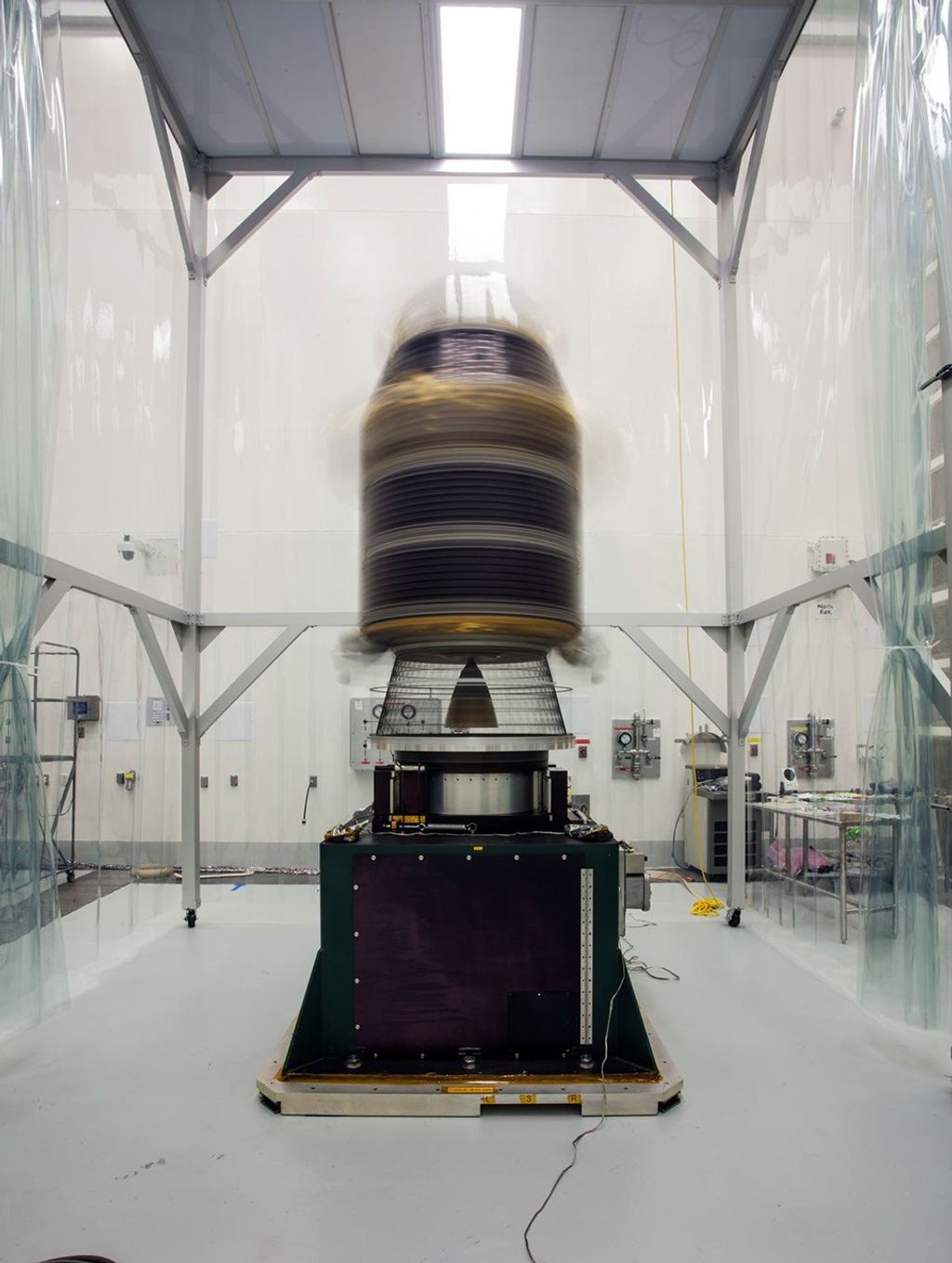1 min read
Compass Image for SPT0615-JD Lensed Galaxy (z~10)

About the Object
- R.A. PositionR.A. PositionRight ascension – analogous to longitude – is one component of an object's position.06:15:49.7
- Dec. PositionDec. PositionDeclination – analogous to latitude – is one component of an object's position.-57:46:41
- ConstellationConstellationOne of 88 recognized regions of the celestial sphere in which the object appears.Pictor
- DistanceDistanceThe physical distance from Earth to the astronomical object. Distances within our solar system are usually measured in Astronomical Units (AU). Distances between stars are usually measured in light-years. Interstellar distances can also be measured in parsecs.Galaxy Cluster: 7.7 billion light-years; Lensed Galaxy: 13.243 billion light-years
- DimensionsDimensionsThe physical size of the object or the apparent angle it subtends on the sky.Image is 2 arcmin across (about 4.5 million light-years at the distance of the cluster)
About the Data
- Data DescriptionData DescriptionProposal: A description of the observations, their scientific justification, and the links to the data available in the science archive.
Science Team: The astronomers who planned the observations and analyzed the data. "PI" refers to the Principal Investigator. - InstrumentInstrumentThe science instrument used to produce the data.ACS/WFC, WFC3/IR
- Exposure DatesExposure DatesThe date(s) that the telescope made its observations and the total exposure time.January 2012 and February - March 2017
- FiltersFiltersThe camera filters that were used in the science observations.F606W, F814W, F105W, F125W, F140W, F160W
- Object NameObject NameA name or catalog number that astronomers use to identify an astronomical object.Galaxy Cluster: SPT-CL J0615-5746 (z=0.972); Lensed Galaxy: SPT0615-JD (z~10.0)
- Object DescriptionObject DescriptionThe type of astronomical object.Galaxy cluster and distant lensed galaxy
- Release DateJanuary 11, 2018
- Science ReleaseNASA’s Great Observatories Team Up to Find Magnified and Stretched Out Image of Distant Galaxy
- Credit

These images are a composite of separate exposures acquired by the ACS/WFC and WFC3/IR instruments on the Hubble Space Telescope. Several filters were used to sample various wavelength ranges. The color results from assigning different hues (colors) to each monochromatic (grayscale) image associated with an individual filter. In this case, the assigned colors are: Blue: F606W Green: F814W Red: F105W + F125W + F140W + F160W
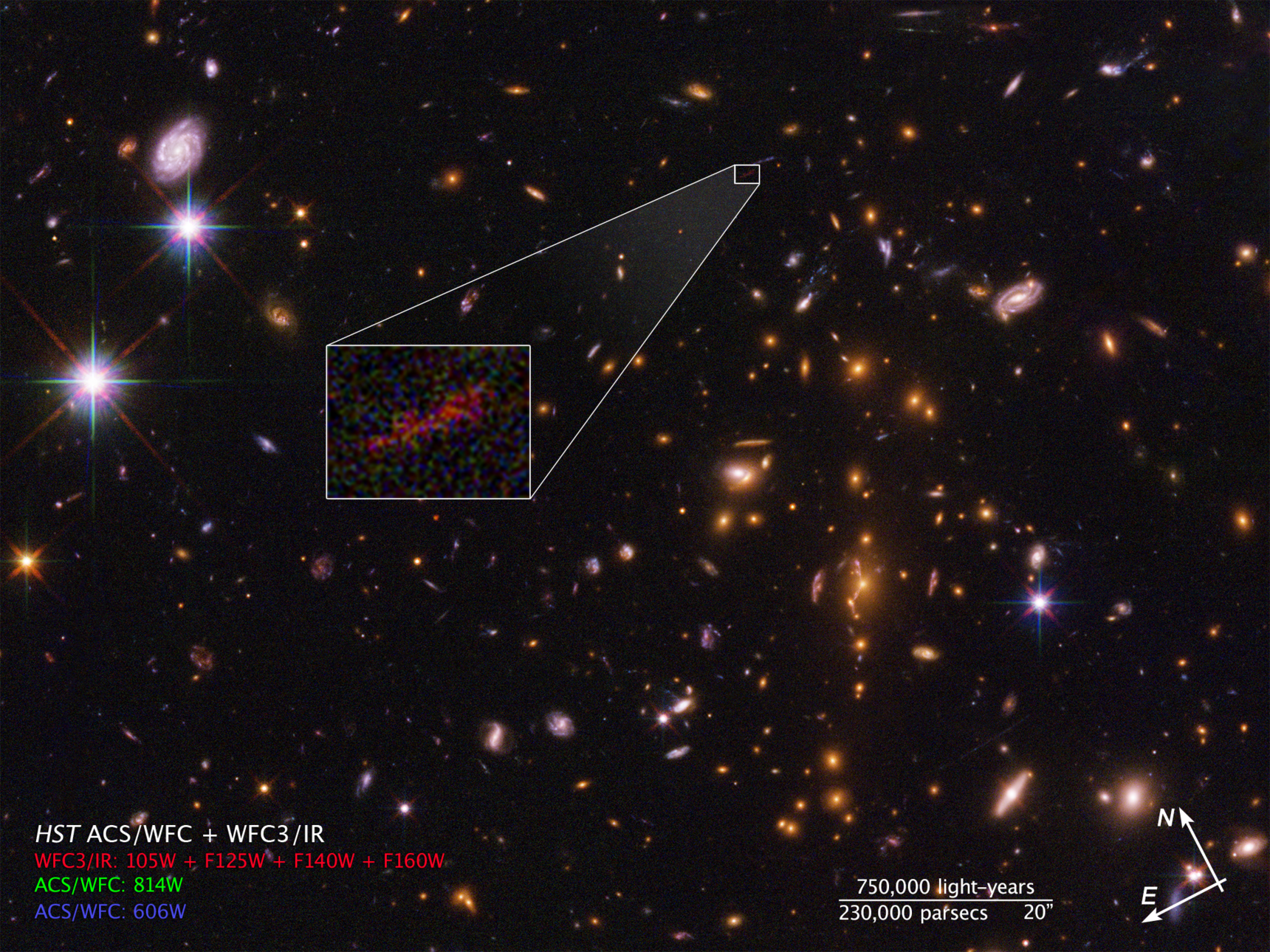
Related Images & Videos

SPT0615-JD Lensed Galaxy (z~10)
Stretched Out Image of Distant Galaxy This is a Hubble Space Telescope image of the farthest galaxy yet seen in an image that has been stretched and amplified by a phenomenon called gravitational lensing. The embryonic galaxy, named SPT0615-JD, existed when the universe was just...
Share
Details
Claire Andreoli
NASA’s Goddard Space Flight Center
Greenbelt, Maryland
claire.andreoli@nasa.gov

